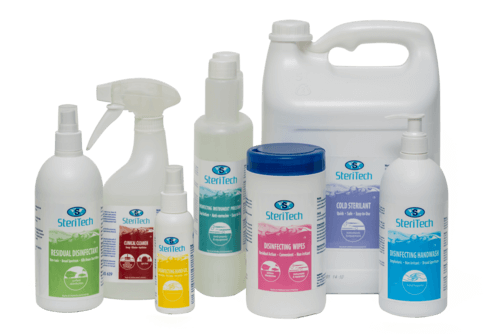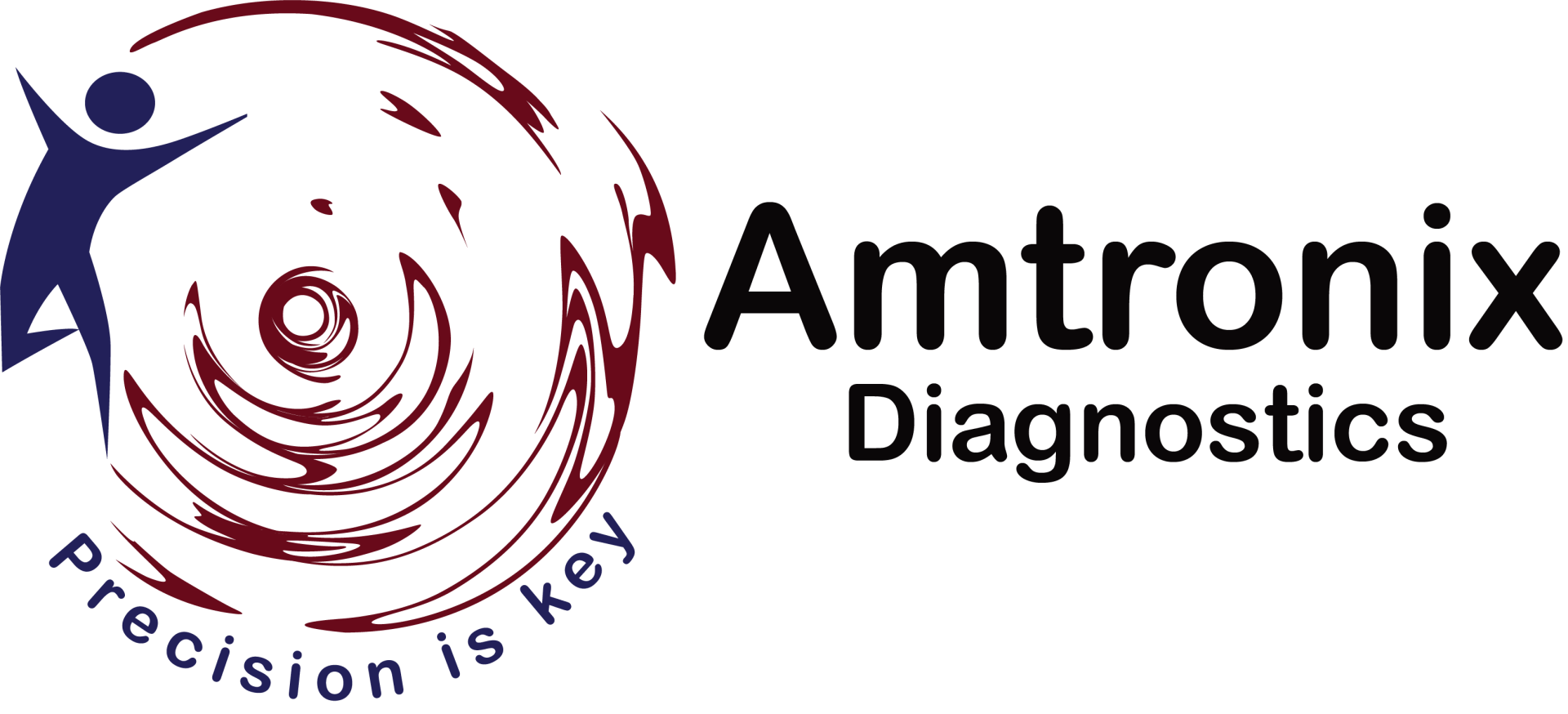Infection Control
Infectious disease is the second leading cause of death worldwide. Infectious diseases also lead to compromised health and disability. In response to the increase of infection related deaths, there has recently been a special focus on infection control globally. The aim of infection control is to eliminate and reduce the spread of infectious diseases. The services provided by audiologists are sought by a diverse population of client in terms of factors including age, socioeconomic position, pre-existing disease, history of pharmaceutical interventions, and other aspects that can influence the integrity of an individual’s immune system and their ability to fend off potentially infectious microorganisms, subsequently resulting is a heightened susceptibility for contracting infection. In the confines of the audiology clinic, cross-contamination with microorganisms associated with opportunistic infections remains a realistic concern. Our comprehensive range of infection control product will help to keep you and your clients safe.

Expertise
Infection Control
Why? Because it’s the Law!
The Southern African Constitution, Act 108 of 1996 [Sections 2, 24, 27, 36, and 39]; The National Health Act of 2003; The Occupational Health and Safety Act of 1993, Act No. 85 of 1993 [Section 8(1)]; Government notice R1390 of 27 Dec 2001 [Hazardous Biological Agents Regulations] as promulgated under section43 of the Occupational Health and Safety Act of 1993; Government notice R908 of 27 June 2003 [Hazard Analysis Critical Control Point Regulations] as promulgated under section 15(1) of the Foodstuffs, Cosmetic and Disinfectants Act of 1972; The Environmental Conservation Act of 1989, Act No. 73 of 1989; The Foodstuffs, Cosmetic and Disinfectants Act of 1972, Act No. 45 of 1972
Hand washing – Before and after contact with a client, After glove removal; Follow CDC 6 Steps for effective hand washing; No rinse agents may be used.
Touch and Splash surfaces – Disinfect non-critical items (e.g. Door knobs, toys, headphones, clipboards, chairs) with a hospital grade disinfectant; Sterilize critical items (e.g. Any instrument that comes in contact with bodily substances such as ear tips and speculae) with approved soaking fluid; Min 2% concentration of chemical glutanaldehyde (10 hrs) or Min 7.5% hydrogen peroxide concentration (6 hrs).
Protective Gear (Safety goggles, gowns, mask, gloves) – Hearing aids or ear mould modifications; Cerumen management; Open wounds (e.g. bleeding anal canal). Submerging or removing instruments form sterilization fluids.
Infectious waste disposal – Ear Wax, Blood
